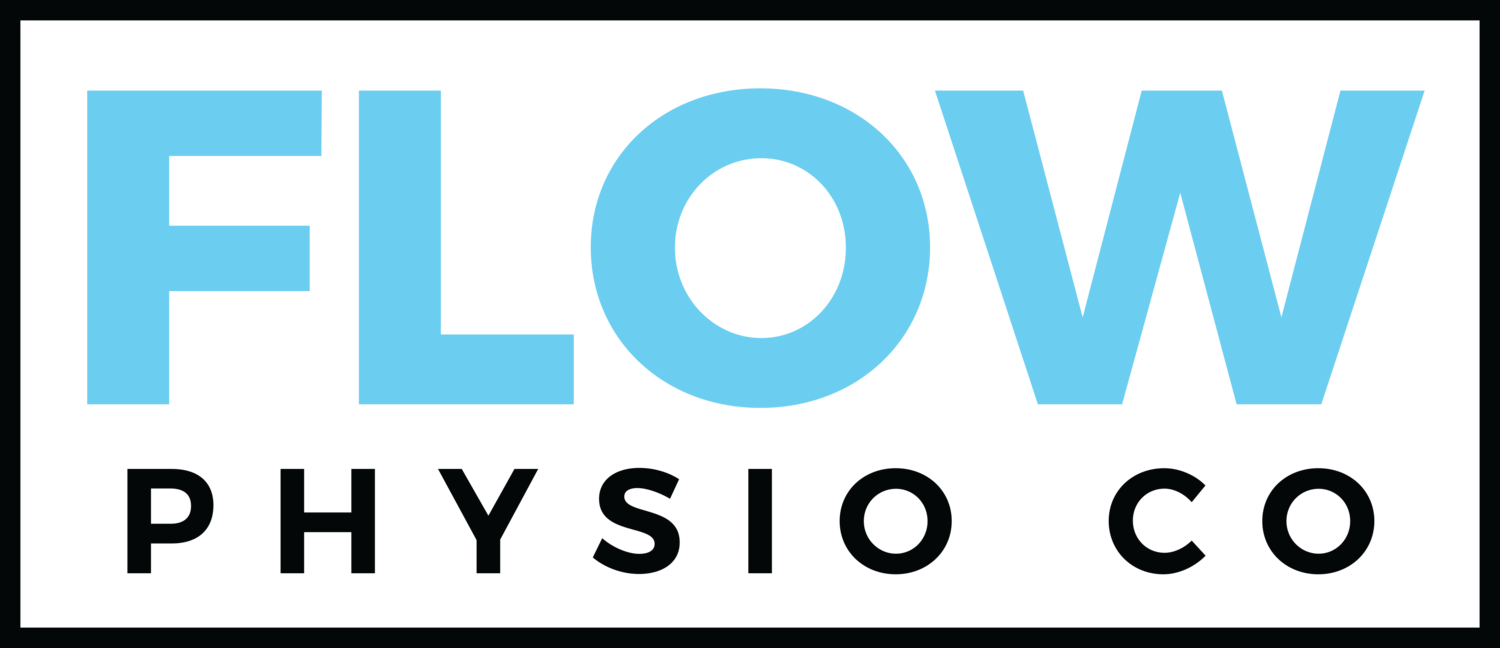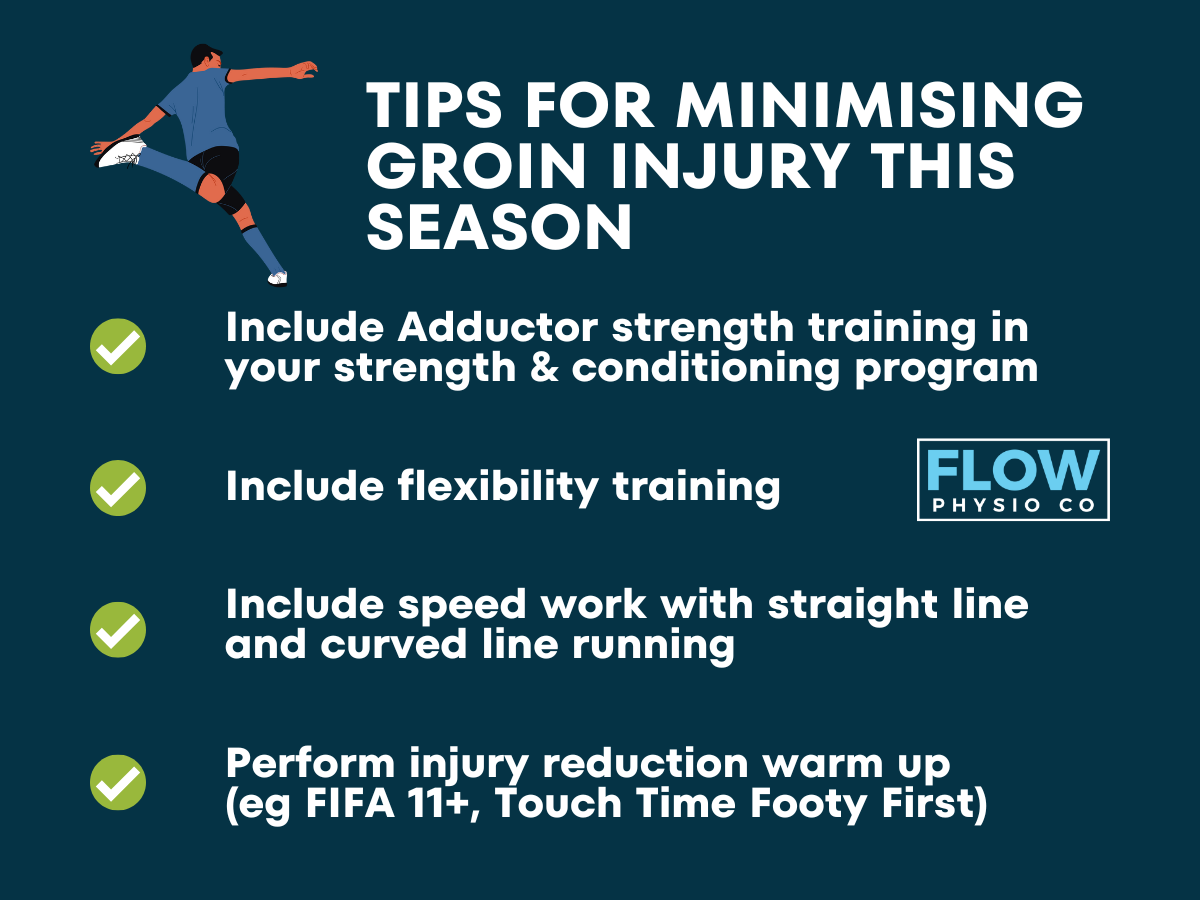Why book a postnatal physio check?
The first 6-12 weeks after birth are a big change for your body. A postnatal women’s physio check helps you recover confidently - assessing pelvic floor function, abdominal separation, C-section scar mobility, posture, and safe return to walking, Pilates or running. If you’ve been searching for a Sutherland Shire women’s physio, this guide explains what happens in your appointment at Flow Physio Co.
When should I come in?
Anytime from 4-8 weeks postpartum (later is fine too). Come sooner if you notice heaviness, leaking, pain, or persistent back/hip/pelvic pain.
Quick note: This article is general info only. If symptoms worry you, please book an assessment with a qualified women’s health physiotherapist or speak with your GP.
What happens at your 6-week postnatal physio check
1) Chat & goals
We’ll discuss your birth, recovery so far, feeding positions, daily loads (hello pram lifting!) and what you want to get back to - pain-free walking, Pilates, gym, running.
2) Pelvic floor assessment (gentle)
Understanding strength, endurance, and relaxation. We teach cues you can actually feel (no guesswork) and give you a simple plan you can do between feeds.
3) Abdominal wall check
We assess abdominal separation (DRAM) and core strategy - how your body manages pressure when you stand, lift, cough or carry bub.
4) C-section scar or perineal care (if relevant)
Tips for comfort, massage, desensitisation and positions that make feeding and settling easier.
5) Posture & daily movement tweaks
Pram height, baby-wearing, lifting technique and set-ups to reduce strain on your back and pelvic floor.
6) Personalised plan
Clear reps/sets, how often, and when to progress - plus check-ins if you’d like support as you return to longer walks, classes or running.
Gentle starter exercises (safe basics)
These are general; stop if you feel pain/heaviness and get assessed.
Breath + pelvic floor connection: Exhale gently as you lift the pelvic floor; inhale to let it relax.
Heel slides or marches (slow): Keep breathing; focus on control, not bracing.
Short supported walks: Build up gradually (e.g., 10–15 mins), good shoes, pram at elbow height.
Rest positions: Side-lying with pillow support to ease lower-back/pelvic load.
Signs to book sooner
Pelvic heaviness/dragging
Leaking urine or bowel changes
Pain with intercourse
Bulge at the tummy that domes with sit-ups
Ongoing back, hip or pubic pain
Why choose Flow’s Sutherland Shire women’s physio team?
Specialist care: Pelvic floor, pregnancy and postnatal expertise.
Private rooms & baby-friendly: Feed or settle during your session.
Convenient Shire location: Our Sutherland & Woolooware clinics are easily accessed for residents in the Sutherland Shire.
Health rebates: HICAPS available; EPC/Medicare referrals accepted where applicable.
Ready to feel supported?
Book your 6-week postnatal check with our Sutherland Shire women’s physio team today. Same-week appointments available.
-
No referral is required to see a physiotherapist.
-
Yes - babies are welcome and we’ll work around feeds and naps.
-
It depends on your delivery, symptoms and goals. We’ll map a gradual plan and let you know when you’re ready for Pilates, strength or running.
-
If you have extras cover for physiotherapy, yes - use HICAPS/Healthpoint to claim on the spot.


